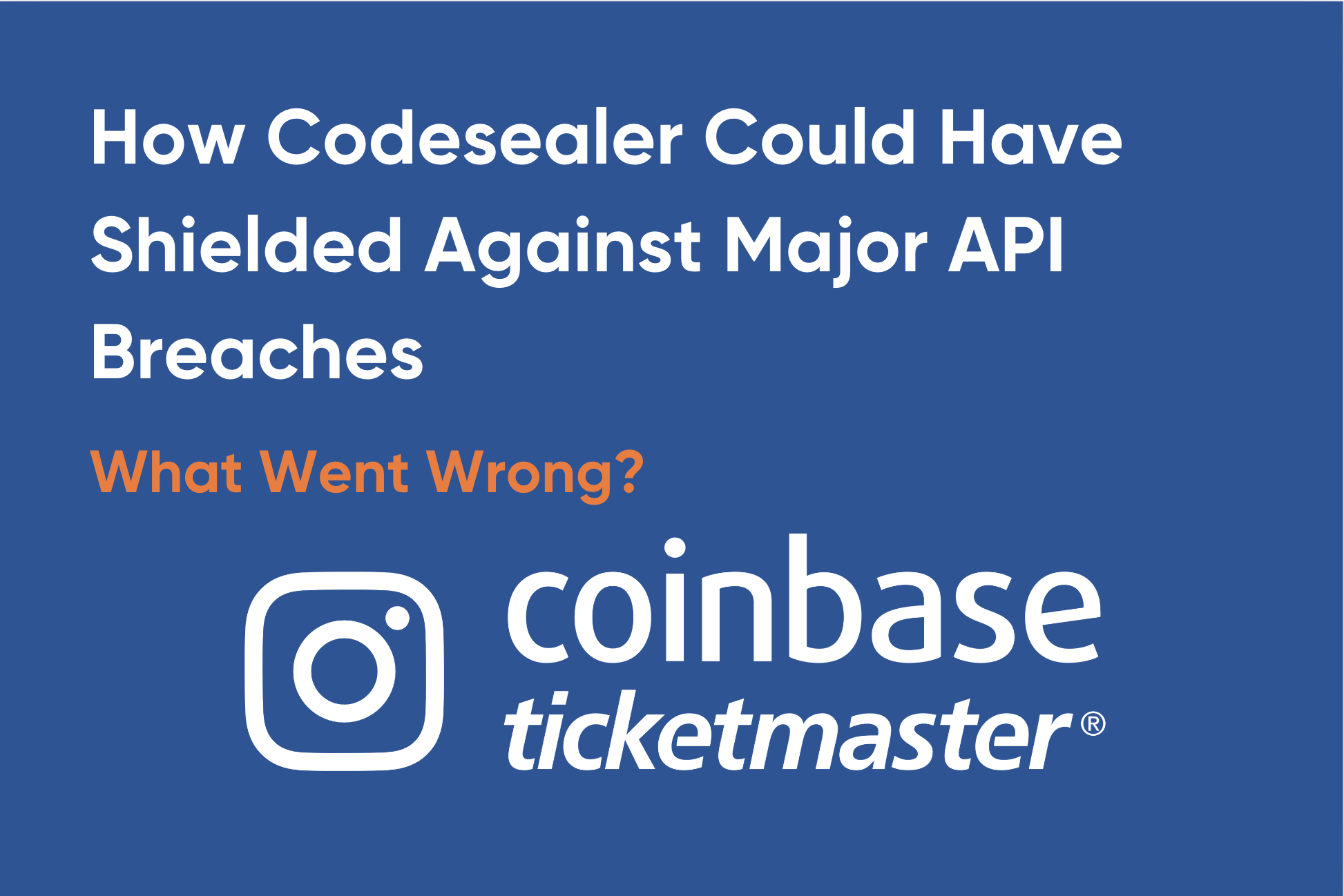
The Hidden Threat: Securing Your APIs
APIs are the backbone of our digital world, enabling activities like tweeting, checking the weather, liking Instagram posts, and making bank transactions. We rely on them constantly, often without realizing it.
But many web and mobile applications might put your data and privacy more often at risk than you think.
For many applications, APIs have become the central channel where data flows from the backend to the user interface. In fact, 71% of Internet traffic in 2024 was related to APIs, according to The State of API Security in 2024 Report from Imperva, which is surpassing normal web traffic. APIs often have full access to sensitive data and high permissions, making them prime targets for attacks. Moreover, they are frequently vulnerable to logic flaws, making API attacks one of the most successful methods for breaching systems.
With the API attacks, the classic kill chain is significantly shorter
A classic attack flow consists of six steps: reconnaissance, weaponization, infiltration, lateral movement, privilege escalation, and the breach itself. However, according to APISEC University, attacks targeting APIs often require only two steps: find a vulnerability and exploit it. This shorter kill chain means attackers need less time to execute their malicious actions, giving security teams even less time to detect and respond.
To better secure APIs, one might consider conducting penetration tests against general attack scenarios, such as SQL injection or code execution. However, these transaction-based attacks are becoming less prevalent. Exploiting business logic flaws in APIs is the new threat.
Business Logic Exploits
According to Salt Security, 38% of all organizations update their APIs at least weekly. In 2022, a white-hat security researcher discovered a critical vulnerability in the Coinbase API. By scraping API calls from the web UI, the researcher found a flaw in the new Advanced Trading feature that would have allowed him to sell BTC or other cryptocurrencies without owning them. The root cause of the bug was a missing logic validation check, leading to an OWASP API#1 Broken Object Level Authorization (BOLA) risk. The Coinbase bug cost the company six hours of closed market and damaged its reputation. The consequences could have been much worse, potentially leading to a full business disruption and loss of clients’ money.
Another example involves the Instagram API, where a security researcher found an API allowing submission of guesses for the account reset code. By utilizing 5000 IPs, he managed to brute-force the reset code and take over any account. This incident highlighted the risk of broken authentication due to the absence of rate limiting and vulnerability to brute force attacks.
Recently, there was a Ticketmaster API exploit, where scalpers reverse-engineered Ticketmaster’s ticket generation process and are now creating and selling tickets through their own parallel infrastructure. They looked at the web APIs and JavaScripts and discovered how to regenerate specific, genuine tickets that they legally purchased from Ticketmaster app onto their own infrastructure. By doing so, they are removing the anti-scalping restrictions imposed by Ticketmaster and AXS.
Limitations of Traditional Security Tools
Traditional security tools like API Gateways and Web Application Firewalls (WAF) do not fully protect against business logic flaws and API exploits. While WAFs play an important role in blocking malicious requests using defined rules and signatures, they cannot detect hacking behavior within legitimate use of the application.
Investing in the Right Security Solutions
Knowing that most attacks target API traffic, investing solely in WAF solutions is insufficient. Continuous automated testing against vulnerabilities is essential to ensure new features or app changes do not expose new vulnerabilities. However, APIs have historically been under-tested, and covering all possible business-logic flows is nearly impossible without blocking the development pipeline for extended periods.
To close potential security gaps in your application, Codesealer offers a solution that prevents reconnaissance of the attack surface. By encrypting all APIs, Codesealer hides potentially valuable information from attackers, preventing them from accessing the APIs directly and seeing payload structures and responses. By securing the communication channel from the browser to the backend, we protect the integrity and confidentiality of the data throughout its journey.
Codesealer’s solution involves multiple layers of security. Our client-side Bootloader verifies the integrity of the application code before it is executed, ensuring that no unauthorized modifications have been made. Once the application is running, it establishes a secure E2E tunnel that encrypts all data, making it inaccessible to attackers. This approach not only protects against API attacks but also enhances overall security by ensuring that the application code and data remain secure.
With Codesealer in place, Ticketmaster could have avoided having their APIs scraped and disclosed, thereby preventing the hassle of filing a lawsuit. The Coinbase bug caused by a missing logic validation check would not have been exploited because the APIs would be encrypted and thus not valuable to attackers. Additionally, Instagram would not risk the privacy of their users due to unprotected APIs.
Imagine how many more attacks could be prevented with Codesealer in place.
Contact us today to learn how Codesealer can provide the proactive protection your business needs. Our cutting-edge technology ensures that your APIs remain secure, protecting your business from the ever-evolving threat landscape.
**See more at:https://codesealer.com/**
Get free Trial
Ready to test Codesealer impact on your web applications try Codesealer for free: https://portal.codesealer.com/
Contact us at https://codesealer.com/contact if you have any questions or need more information
